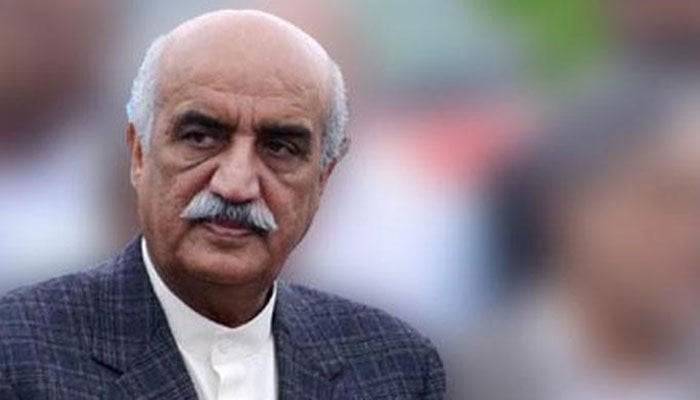The Accountability Court in Sukkur on Thursday dismissed a long-standing assets reference against senior PPP leader Syed Khurshid Shah and several co-accused, ordering the case to be transferred to the Federal Investigation Agency (FIA).
…

The Accountability Court in Sukkur on Thursday dismissed a long-standing assets reference against senior PPP leader Syed Khurshid Shah and several co-accused, ordering the case to be transferred to the Federal Investigation Agency (FIA).
…